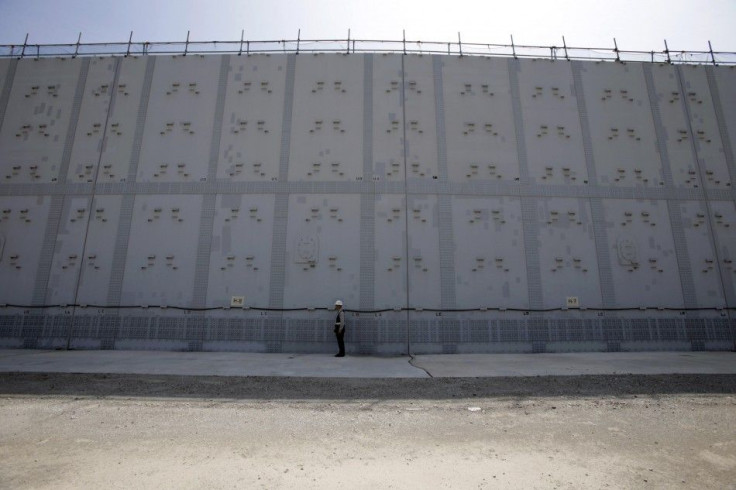Japan Twin Earthquakes Strike Near Fukushima

Twin quakes of almost 6-magnitude struck Japan's eastern coast near Fukushima early Monday.
The first measured 5.7 and occurred shortly after 3:00 a.m. local time. Its epicentre was located some 91 kilometres off the coast of Honshu, Japan's largest and most populated island, at a depth of 22 kilometres.
The second temblor, measuring 5.6-magnitude, hit two hours later at a depth of 39 kilometres slightly closer to shore. Iwaki, Kitaibaraki, Namie and Hitachi were the cities nearest to the epicentre, the U.S. Geological Survey said.
The Japan Meteorological Agency recorded the first quake's magnitude slightly higher at 5.8.
Despite Monday's twin temblors, the USGS noted there was no immediate risk to the Fukushima nuclear power plant, crippled by a tsunami after its coastline was struck by a devastating 9-magnitude quake in March 2011.
The accident killed more than 18,000 people and sparked a meltdown at the Fukushima power plant.
No tsunami warnings were issued. There were likewise no immediate reports of damage and injuries.
Tokyo Electric Power Company, operator of the Fukushima plant, said no anomalies were found at the site following the twin quakes. Two other plants located in the region likewise reported no problems.
Just on Saturday, northern Honshu was jolted by a moderate 5.6-magnitude quake. In May, a strong 6.0-magnitude earthquake shook buildings in Tokyo, the Japanese capital, leaving 17 people injured.
According to Kyodo, citing Wu Hong-chun, a Taiwanese researcher at the Institute of Labor, Occupational Safety and Health under the Labor Ministry, a jet stream foretold the impending catastrophic March 2011 earthquake.
Wu Hong-chun on Friday said satellite data of thermal images collected on March 7, 2011 showed the jet stream above the east coast of Honshu split into two. He explained this was an indication of an upcoming temblor with a magnitude of over 6.
Four days later, the inevitable happened and a magnitude-9 quake struck Tohoku. It triggered off a massive tsunami that crippled the Fukushima No. 1 nuclear power plant.




















